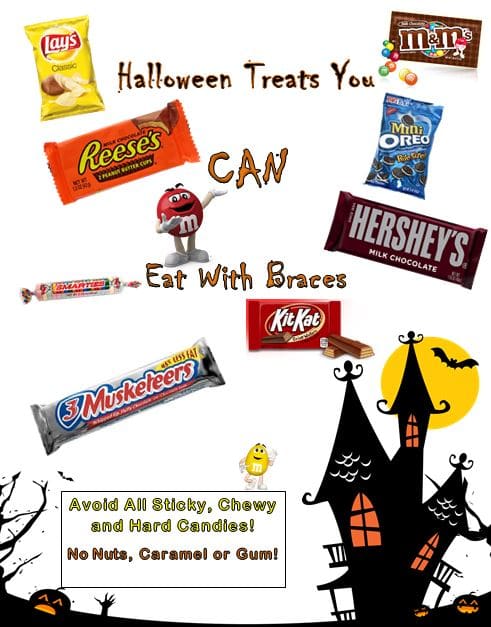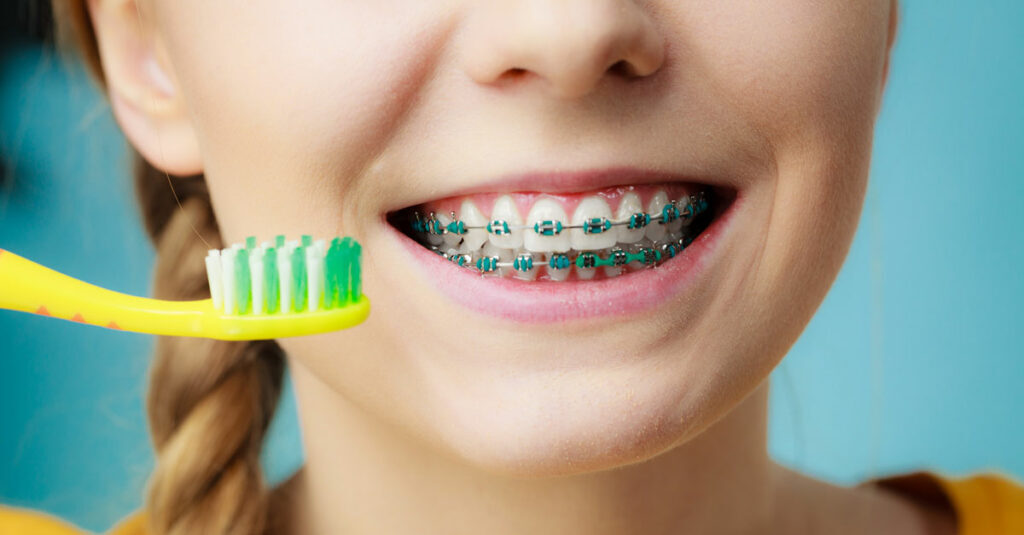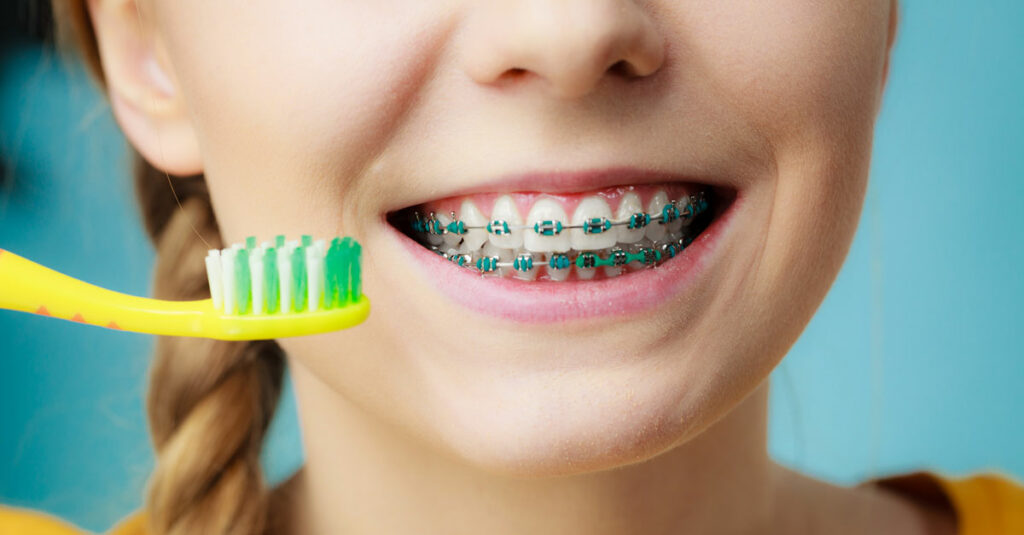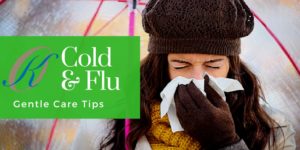October: National Orthodontic Health Month
October 17th, 2023
When we think of October, Halloween is usually the first thing we think of! That is why it is the perfect month to also be thinking of orthodontic oral health. This is the month to celebrate healthy, beautiful smiles, while also taking the precautions to keep them that way.

Everyone gets excited to get all dressed up and go trick-or-treating! Patients with braces should absolutely still go out and enjoy Halloween, but just be careful with certain candy! Some of the candies you should trade with your friends are things that are going to be sticky, ooey-gooey, crunchy or too hard on your braces.
Candy to avoid:
- Caramels, Taffy, Jellybeans, Bubblegum
- Jolly Ranchers, Twizzlers, Starbursts
- Popcorn and Nuts
In return, the candies your friends can trade you back with are anything that is soft, or could melt in your mouth.
Candies you can eat safely:
- Chocolate (without caramel or nuts)
- Peanut butter cups
- Kit-Kats
- 3 Musketeers
- Pixy Stix

Equally important, Dr. Kennell, along with other orthodontists, would appreciate you taking the initiative to care for your braces this Halloween season. Although it is acceptable to eat certain candy, candy still contains sugar. It will be crucial for you to make sure you are brushing your teeth after you enjoy your sweet treats. The best way to do this is by brushing for at least 2 minutes, twice a day with a fluoride toothpaste, flossing at least once a day, and finishing up with a fluoride mouth rinse. Alongside, broken brackets only lead to elongating the time you are in treatment, so keep away from the hard/sticky candies.
Have a fun, healthy, and safe Halloween! Don't forget to celebrate Orthodontic Health month this month and throughout the year!










